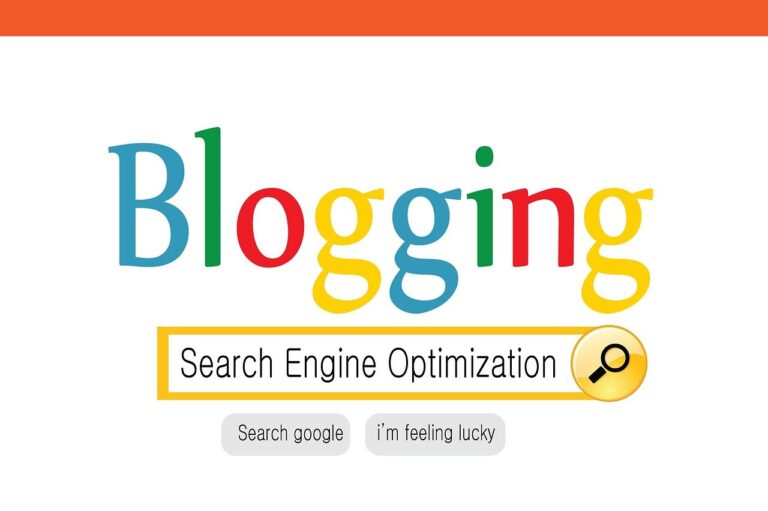- Importance of visual elements in your healthcare blog: Picture-perfect health info
Visual elements can transform your healthcare blog from a wall of text into an engaging, informative resource. By incorporating images, infographics, and videos, you’re not just making your content more attractive – you’re making it more accessible and memorable for your readers. Visual communication in healthcare can significantly enhance patient education, increase engagement, and improve overall understanding of complex medical concepts.

Adding visuals to your healthcare blog isn’t just about aesthetics. It’s about creating a connection with your audience. When you use relevant images or well-designed infographics, you’re helping your readers grasp information quickly and retain it longer. This approach can be particularly effective for explaining medical procedures, illustrating health statistics, or demonstrating proper techniques for at-home care.
Your healthcare blog is often the first point of contact between you and potential patients. By using visual elements effectively, you’re not only providing valuable information but also building trust and credibility. A well-designed, visually appealing blog can set you apart from competitors and establish your brand as a reliable source of healthcare information.
Key Takeaways
- Visual elements in healthcare blogs enhance understanding and retention of medical information
- Incorporating diverse visuals like infographics and videos boosts reader engagement and trust
- A visually appealing healthcare blog strengthens your brand and credibility in the medical field
Maximizing Engagement with Visual Content
Visual elements can significantly boost engagement in your healthcare blog. By incorporating eye-catching graphics, patient stories, and informative videos, you’ll capture attention and improve understanding.
The Power of Infographics and Data Visualization
Infographics serve as impactful mediums for conveying essential health information. They simplify complex data, making it easily digestible for your readers. When creating infographics, focus on key statistics and trends relevant to your healthcare niche.
Use bold colors and clear icons to highlight important points. Break down complicated processes into simple steps. This approach helps patients grasp difficult concepts quickly.
Consider using interactive infographics to encourage deeper engagement. These allow readers to explore data at their own pace, fostering a more personalized learning experience.
Boosting Credibility Through Patient Success Stories
Visual content is gaining importance in healthcare marketing plans. Patient success stories, when presented visually, can significantly enhance your blog’s credibility.
Use before-and-after photos to showcase treatment results. Include short video testimonials where patients share their experiences. These personal accounts create an emotional connection with your audience.
Remember to obtain proper consent before sharing patient stories. Use real photos and authentic testimonials to build trust. Avoid stock images that may come across as insincere.
Enhancing Understanding with Educational Videos
Video content can effectively improve patient education. Create short, informative videos explaining common procedures or health concepts.
Use animations to illustrate complex medical processes. This visual approach can make difficult topics more accessible to your audience.
Consider creating a series of explainer videos on frequently asked questions. Keep them concise, aiming for 2-3 minutes in length. Use clear language and include captions for accessibility.
Don’t forget to optimize your videos for search engines by including relevant keywords in titles and descriptions. This will help more people find and benefit from your educational content.
Integrating Visuals into Your Healthcare Marketing Strategy

Visual elements can transform your healthcare marketing efforts. They help convey complex information quickly and make your content more engaging and shareable.
Leveraging Social Media for Broader Reach
Social media platforms are perfect for visual marketing in healthcare. You can use platforms like Instagram and Pinterest to share infographics about health tips or medical procedures.
Short video clips on TikTok or YouTube can explain common health concerns in an easy-to-understand way. These visual narratives create a bridge between your brand and the individuals you serve.
Don’t forget to use relevant hashtags to increase your reach. You can also encourage user-generated content by running photo contests related to health and wellness.
Crafting a Consistent Brand Image
Your visual branding should be consistent across all platforms. This includes your logo, color scheme, and overall design aesthetic.
Choose colors wisely – blue is often associated with trust and professionalism in healthcare. Green can create a peaceful atmosphere, great for natural health products.
Use high-quality photos to build trust with your audience. Show real healthcare practitioners and patients (with permission) to add authenticity.
Create templates for your social media posts and blog images. This ensures your visual content remains cohesive and recognizable.
Frequently Asked Questions

Visual elements play a crucial role in healthcare blogs. They enhance engagement, simplify complex topics, and make content more shareable. Let’s explore some common questions about using visuals effectively.
Why should I include images in my health blog posts?
Images grab attention and break up text. They make your posts more visually appealing and easier to read. Visual elements create a multisensory learning experience, helping readers better understand and remember your content.
What’s the deal with infographics in medical content?
Infographics are fantastic for presenting health data and statistics. They condense complex information into bite-sized, visually appealing formats. You can use tools like Canva or Piktochart to create engaging infographics for disease awareness campaigns or explaining medical procedures.
How can visuals make complex health topics easier to understand?
Visuals simplify intricate concepts. Use diagrams to illustrate anatomy or flowcharts to explain treatment processes. Animations can show how medications work in the body. These visual aids help readers grasp difficult ideas more quickly and effectively.
Can using videos boost engagement on my wellness blog?
Absolutely! Videos are incredibly engaging. They allow you to demonstrate exercises, cooking techniques, or relaxation methods. Short, informative videos can increase time spent on your site and encourage sharing on social media platforms.
What types of visual content are most shareable for health-related articles?
Infographics and custom graphics tend to be highly shareable. Eye-catching statistics, before-and-after images, and inspirational quotes overlaid on relevant photos also perform well. Create visuals that provide value and are easy to understand at a glance.
How often should I update the visuals on my healthcare website?
You should aim to refresh your visuals regularly, especially on key pages. Update seasonal content annually and review your most popular posts every few months. Also, keep an eye on design trends and update older visuals to maintain a modern, professional look.







